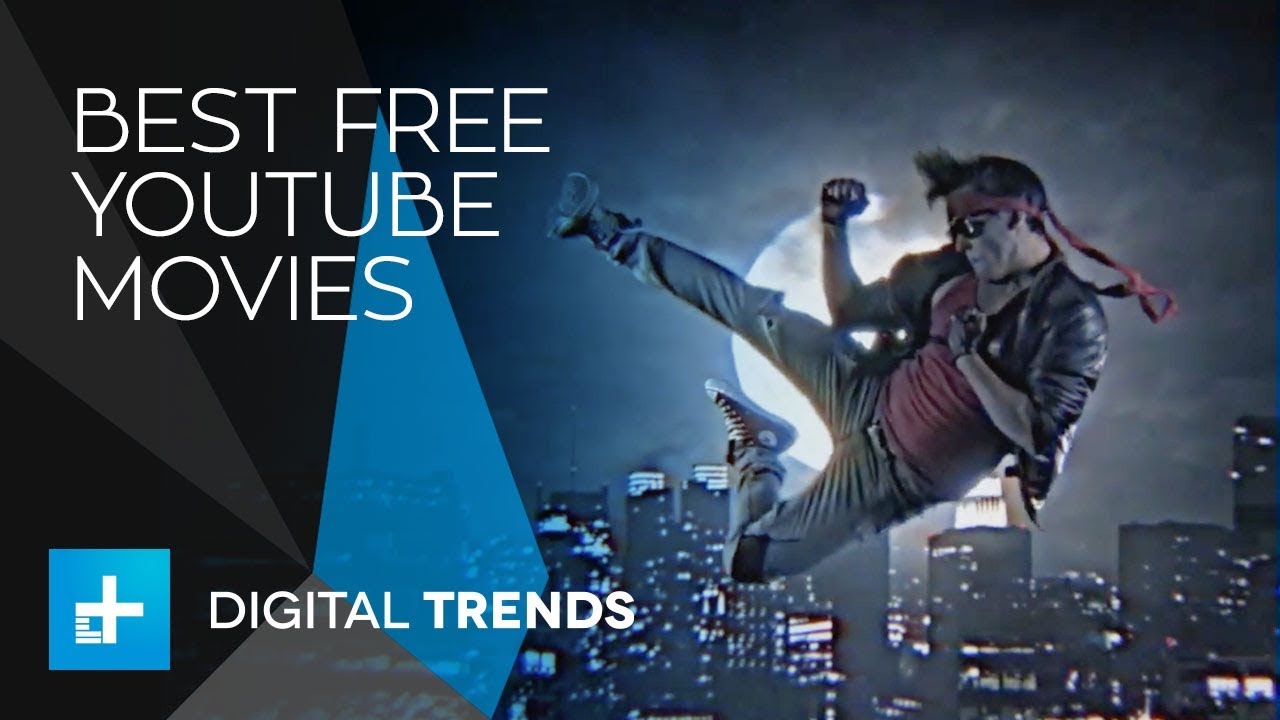
Peacock Movies, a streaming service that focuses on classic movies, is for you. You will find everything you need, including animation masterpieces and Alfred Hitchcock classics. The subscription service offers a free, seven-day trial. You can see if you like their selection of movies before you make a decision.
Bill Crystal's Peacock movie
Standing Up, Falling Down is a film that Billy Crystal fans will love. It stars Ben Schwartz, Eloise Mumford, and Billy Crystal. It premiered at the 2019 Tribeca Film Festival and will be released on February 21, 2020.
Peacock is a streaming service with a weird and varied film library. Peacock offers everything, from classic B-movies to Universal History to the most recent hits. But there is a problem. The catalog is small. For additional content, the service charges $4.99 per monthly.

Billy Crystal has many acting credits, in addition to his television roles. In 1986, Running Scared landed him his first major role with Gregory Hines. Following that role, he played a small part in 1987's The Princess Bride in the role Miracle Max. He also played a small part in Throw Momma From the Train, alongside Danny DeVito.
David Fincher's Gone Girl
Gone Girl is a horror film by David Fincher that was released in 2014. Fincher directs the film. Fincher wrote the script and Fincher directed it. Fincher is adapting the book of that name by the same writer. It's a gripping story that will keep you hooked until the very end.
The film's most dreadful scene takes place at the end, when Nick leads Amy down a stairwell. Rerun of the song "What Will They Do?" This scene is scored by Tim McGraw. The descent in Sunset Boulevard seemed hallucinatory. Gone Girl's descent, however, is realistic. Both the protagonists accept their roles as actors.
Fincher has worked alongside many talented filmmakers in his films. Fincher is no exception with GONE GIRL. Fincher's unique style is present in the film along with smart cinematography and Atticus Ross' haunting score. This film makes extensive use of the most recent technology in filmmaking.

Sleepaway Camp
Sleepaway Camp is a classic horror film. This classic horror movie exploits gender roles and the trials of growing up. This is not your typical horror movie and has a loyal following for decades.
The idea behind it is simple. LGBTQ+ campers are sent along to camp, where counselors make them believe they're learning gay ways of life. But, while counselors try to suppress the sexuality of their campers, a killer comes out of the closet, and starts murdering gay campers. To survive the abuse, LGBTQ campers must unite.
David Fincher's film "Gone Girl" is another favorite from Peacock. This film is inspired by the novel Gillian Flynn. Robert Pattinson is starring in the film. The story follows the adventures of a man who is made a suspect in his wife's disappearance. The story explores the mystery behind the disappearance and the set-ups involved.
FAQ
TV is good for business.
Yes, television is good for businesses. It helps businesses reach more customers.
Signs are put up all over the town, for example, when you're selling your house. Advertise in the local newspapers, including the newspaper, real estate section and classifieds.
You can even advertise online through websites or social media sites like Facebook.
With TV, you don’t need to worry about writing articles or putting up signs.
Instead, relax and allow someone else to do all the work.
That way, you get the best results possible without having to pay for expensive marketing campaigns.
How does TV Advertising function?
Advertising via television is an effective way of reaching consumers. It is also very affordable. Commercial breaks are the most popular form of television advertising. Commercial breaks are typically 30 seconds in length, but can be longer if they feature a special event, such as an award ceremony, sporting match, or election night. Companies sponsor commercials to promote products and/or services. These companies pay for airtime. Some commercials feature product information, others display images and music. A lot of programs offer 'product placement', which allows brands to appear in the program. A brand may appear in a scene to show how their product can be used or provide background information about the product.
What is a TV spot?
A TV spot (usually 30 seconds) is an advertisement that is shown between the programming segments of a television channel.
Most channels will show several TV spots each day. Each TV commercial usually covers a single topic, or theme, and is often created to promote a specific company or brand.
TV commercials may not only promote products or services; they can also be used by charities and events to market movies and music videos.
Is tv advertising still relevant today?
But, TV advertising is no longer effective. It's because more people are not watching television. They use other media instead.
As marketers, TV ads are an integral part of our daily lives. They are needed to reach people where they spend the most time online.
You also have to ensure TV ads are more personal and connect with the consumers. This requires us think differently about how TV ads are made.
It is no longer enough to rely solely on simple images and slogans. Instead, we need to look at the whole experience of watching TV. How can we get people to feel motivated to purchase our products and engage them emotionally?
These are all things requiring creativity. Digital agencies are the new source of creativity.
What is the cost of producing a commercial?
Producing commercials costs money. It all depends on how long the spot is, the number and location of the actors, and the cost of production.
A 30-second commercial usually costs $20,000-40,000.
Are tv commercials targeted?
You can target ads by knowing what people are looking at it right now.
In other words, if you want to reach someone who watches football on Sunday afternoons, then advertise during football games. People who watch movies on Friday nights are the best audience for your ads.
You should advertise on prime-time shows if you want people to see your ads while they are eating dinner.
Knowing what people do to your ads is key. This means that you have to be able to access data about the programs they are watching.
Data is becoming increasingly available thanks to new technologies like DVRs and streaming video.
However, everyone is different and each person has their own preferences. It's impossible for anyone to predict the next program they will watch.
This is why it's so important to test different types ads. Based on real-world feedback, you'll discover which type of ads works best.
Statistics
- In fact, when the ad first launched, Dos Equis quickly became one of the fastest-growing beers, increasing its sales by over 22%. (qualitylogoproducts.com)
- Television is a great brand awareness tool - Almost every American has a television, with 83 percent of adults having two or more, and American households keep their televisions on for 8.1 hours each day on average. (marketingevolution.com)
- Radio is extremely accessible – 95 percent of cars have radios, and 99 percent of homes have radios. (marketingevolution.com)
- Not to mention, sales rose an incredible 11% following the launch of this commercial. (qualitylogoproducts.com)
- In fact, 76% of people completely skip the commercials while watching their programs. (qualitylogoproducts.com)
External Links
How To
How do I make money with my TV commercials?
There are many ways to make money with your TV commercial. These include:
Advertising - A paid promotion encouraging viewers to view your commercial.
After viewing your commercial, Merchandising is the selling of merchandise that has a connection to your product.
Licensing is the licensing of your commercial to other businesses so they can use it in their promotions.
Syndication: This refers to syndicating your advertisement to other networks.
Advertising revenue can be used as a funding source for future projects and production costs.
Advertising can bring in significant income but it does not guarantee a return.
To start making money from your TV commercial, you should first determine which types of advertising are available to you. Before you decide on one, learn about the other options.
Next, think about where you would like your commercial placed. Do you wish to advertise on popular shows like sitcoms and sports games? Maybe you want to reach younger audiences by placing your advertisement near children's television shows.
The final decision is whether to make your own commercials or buy one from a distributor. If you want to make your own commercial, it is important to find someone who can direct the actors, write the script and edit the final product. You can save time and money by purchasing pre-made commercials.
After deciding how you want to go about creating your commercial, you should start looking into different options. Here are some factors to consider when choosing an advertisement method.
Target Audience - Advertising to specific demographic groups is the best way to reach them. Advertising to teens, young adults and women over 50 could be an option.
It is important to find the right audience for your ad. Targeting people who aren’t interested is a waste of money.
The location - Consider the likelihood that your advertisement will be seen by as many people as possible when you are deciding where to place your commercial. For example, if you're planning on advertising during a sporting event, you might want to place your commercial at the beginning of the game. That way, everyone attending the event will see your commercial.
You may need to consider other options if your goal is to reach people living outside of your region. For a wider audience, satellite dishes and cable television can be used to broadcast your commercial.
Production Costs – Most companies spend between $5,000-10,000 per minute on commercial airtime. They charge advertisers a fee depending on the length of the spot.
For example, if a company wants to run 30 seconds of commercial airtime, it will typically charge $1,500. If they want to run for 60 seconds, they will be charged $2,500.
If you plan to make your own commercial, you can expect to spend anywhere from $3,000 to $15,000. Additional costs include hiring a director, writer producer, editor, and actors.
Time Frame - Another factor to consider when choosing an advertising method is the amount of time you have to complete it. If you have a goal to sell products in one week, it won't make sense to wait until the Super Bowl before airing commercials. Choose a fast advertising method instead.
To reap long-term exposure you will need to invest time and effort in creating a quality commercial.
Cost per Viewer - Last, consider how much it costs to view each individual's commercial. It depends on how many views you receive and the size of your audience.
An example: A commercial with 10,000,000 viewers will be more expensive than a one-minute commercial with just 1,000 views.
Compare all the factors to find out which one is most effective for you. Here are some tips to help get you started once you've settled on a strategy.